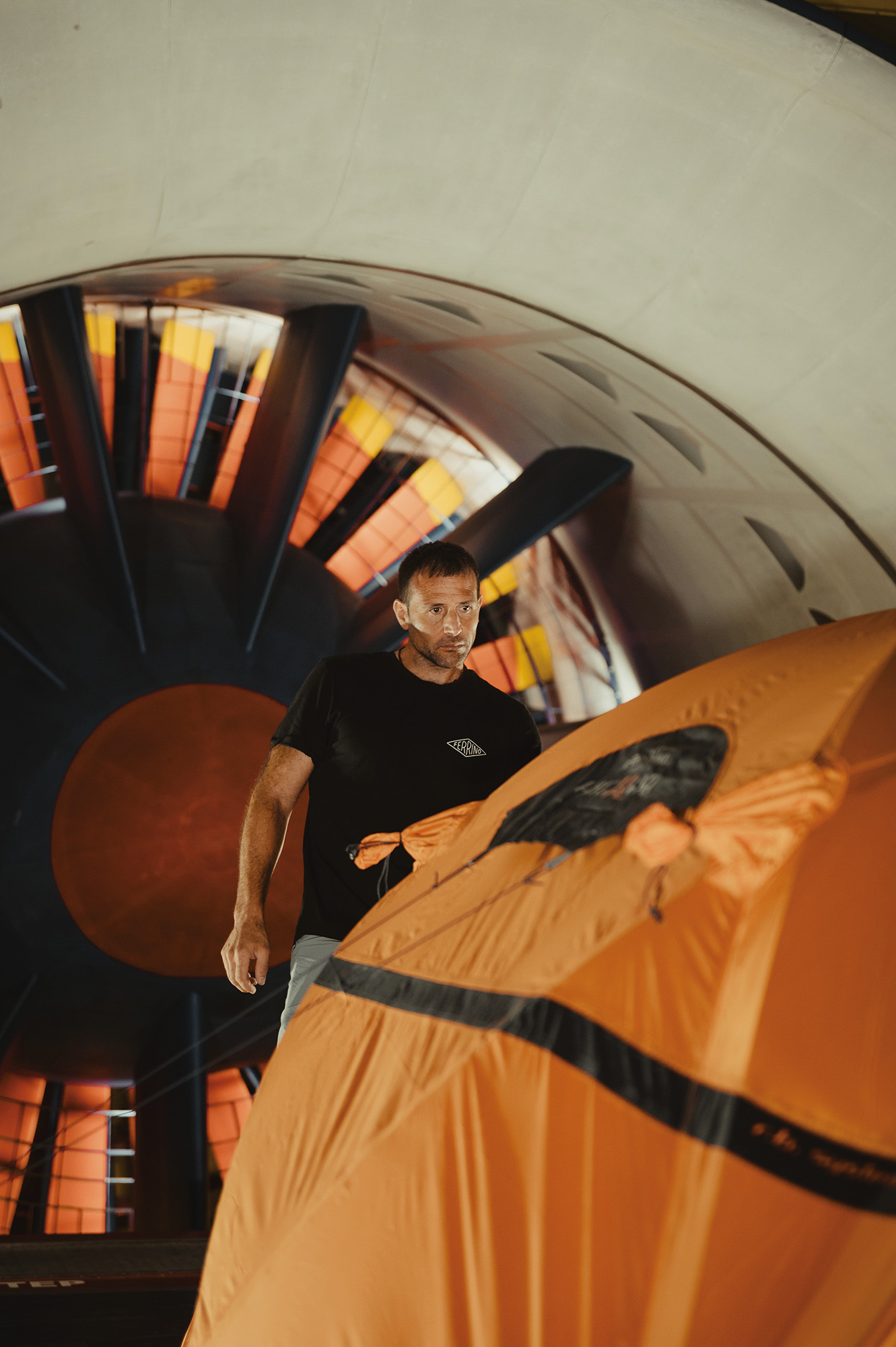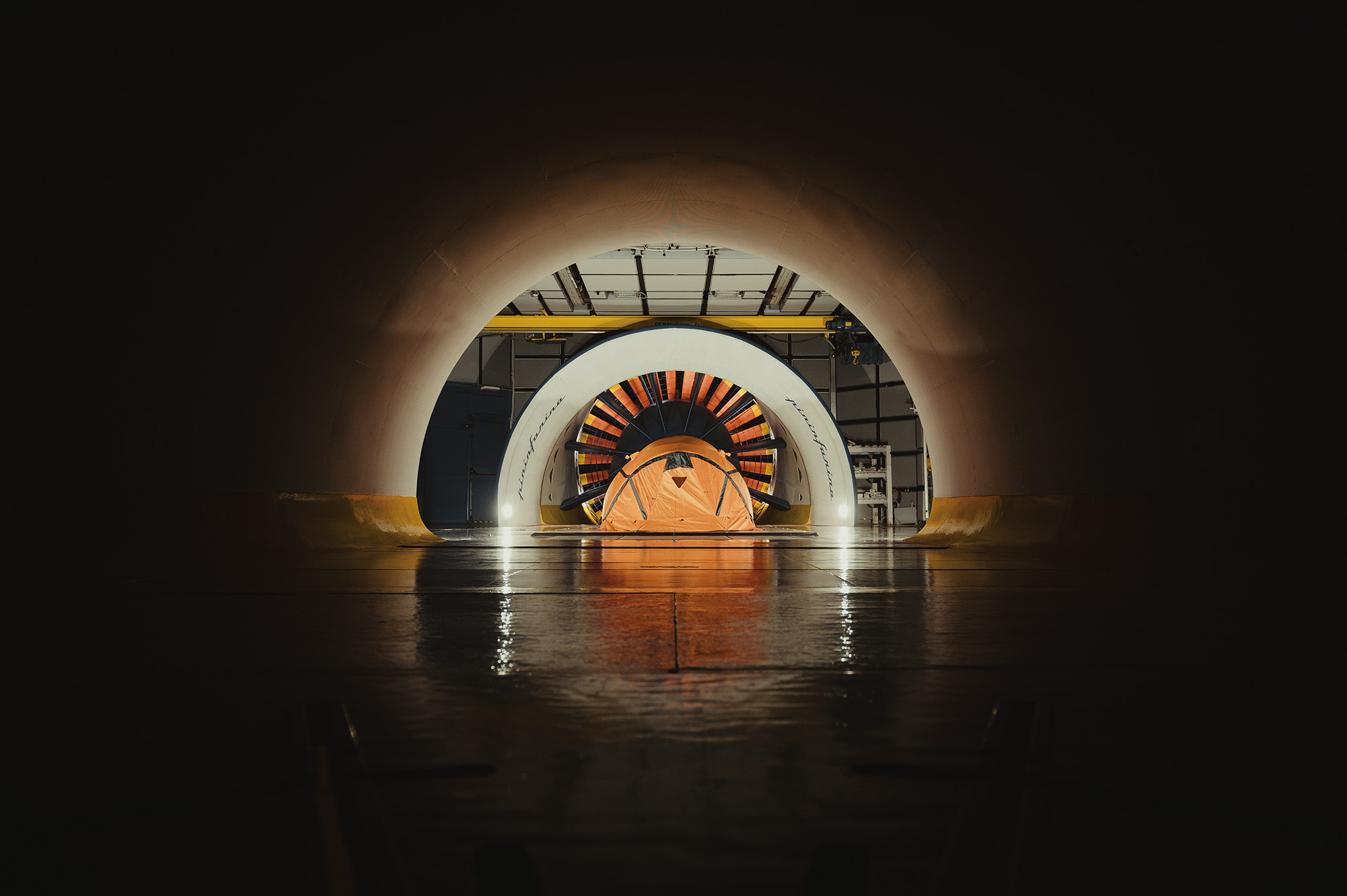By: Chiara Beretta
Ferrino Extreme 2 at the Wind Tunnel
Ferrino Extreme 2, a product without equal in the market. With its aerodynamic shapes and a weight of only 890 grams (which becomes 800 without bag and pegs), this innovative tent was designed by the R&D team in collaboration with Basque mountaineer Alex Txikon, who has been using Ferrino tents for years on his winter expeditions to the eight-thousanders. Decisive was the test carried out in the Pininfarina Wind Tunnel in Grugliasco (Turin), one of the few in the world. Here the tent has proven to have high wind resistance, up to 150km/h, and can in fact provide safety, stability and comfort even in the most extreme conditions.
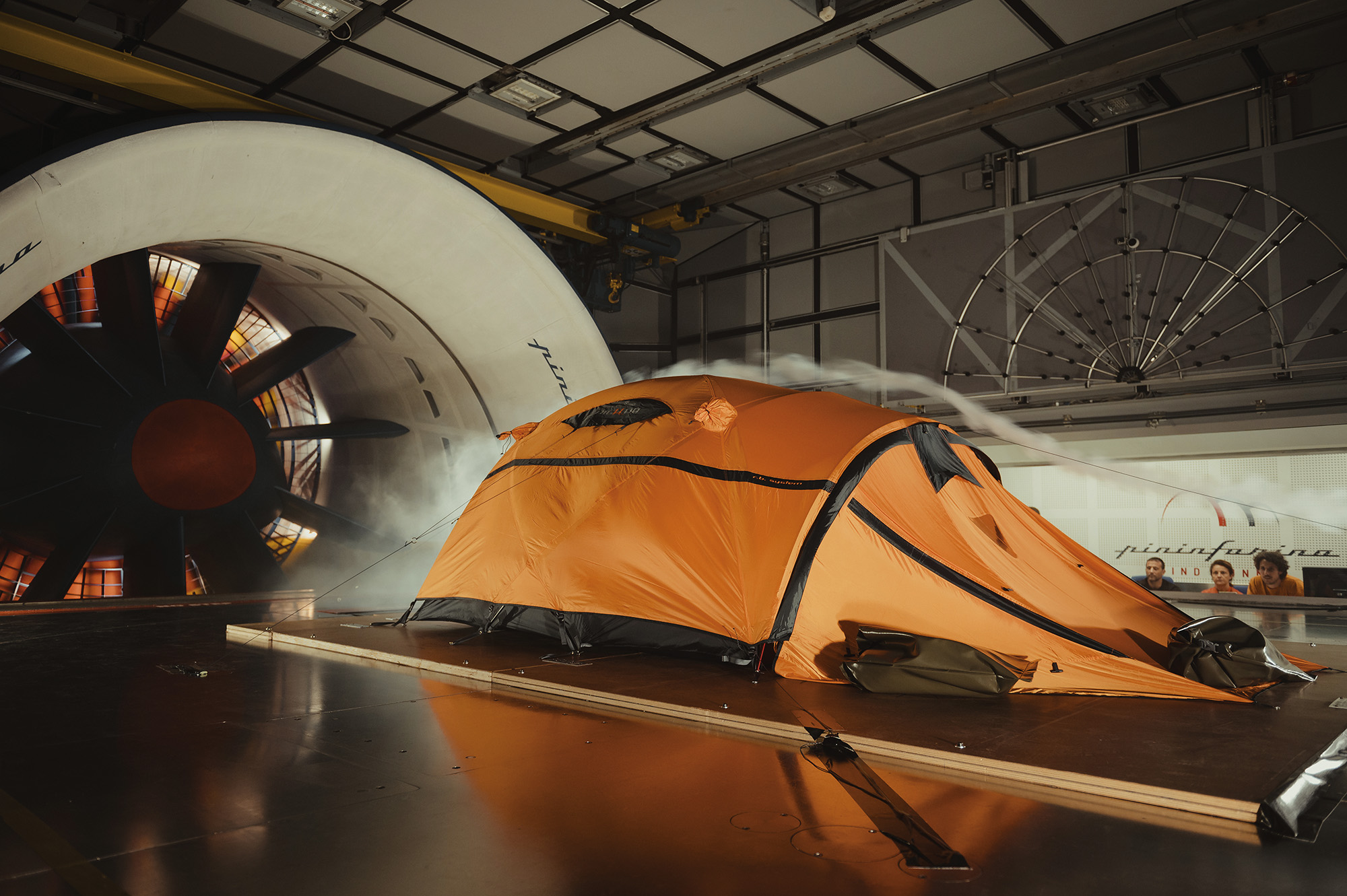
Ferrino is a leading brand in the market for outdoor equipment and technical clothing, but “it is the tent that is our iconic product, our DNA,” says managing director Anna Ferrino. It has been that way since the 1970s, when the Piedmont-based company began making mountaineering tents. The former are sturdy Canadian, made of nylon.
The great evolution of the product takes place during the very long collaboration that has linked Ferrino and Reinhold Messner since 1979. The mountaineer, engaged in the ascent of all the eight-thousanders, needed to approach the ascents in lighter mountaineering conditions and had therefore approached Ferrino to study a new type of tent suitable for the purpose. Ferrino actually for mountaineers is often a kind of tailor: the company also makes custom equipment for expeditions, whether it is products from scratch or modifications to existing equipment. It is also a way to do research and development, as evidenced by the fact that these new products designed for extreme environments and conditions sometimes become a starting point for other products that then end up in the catalog.
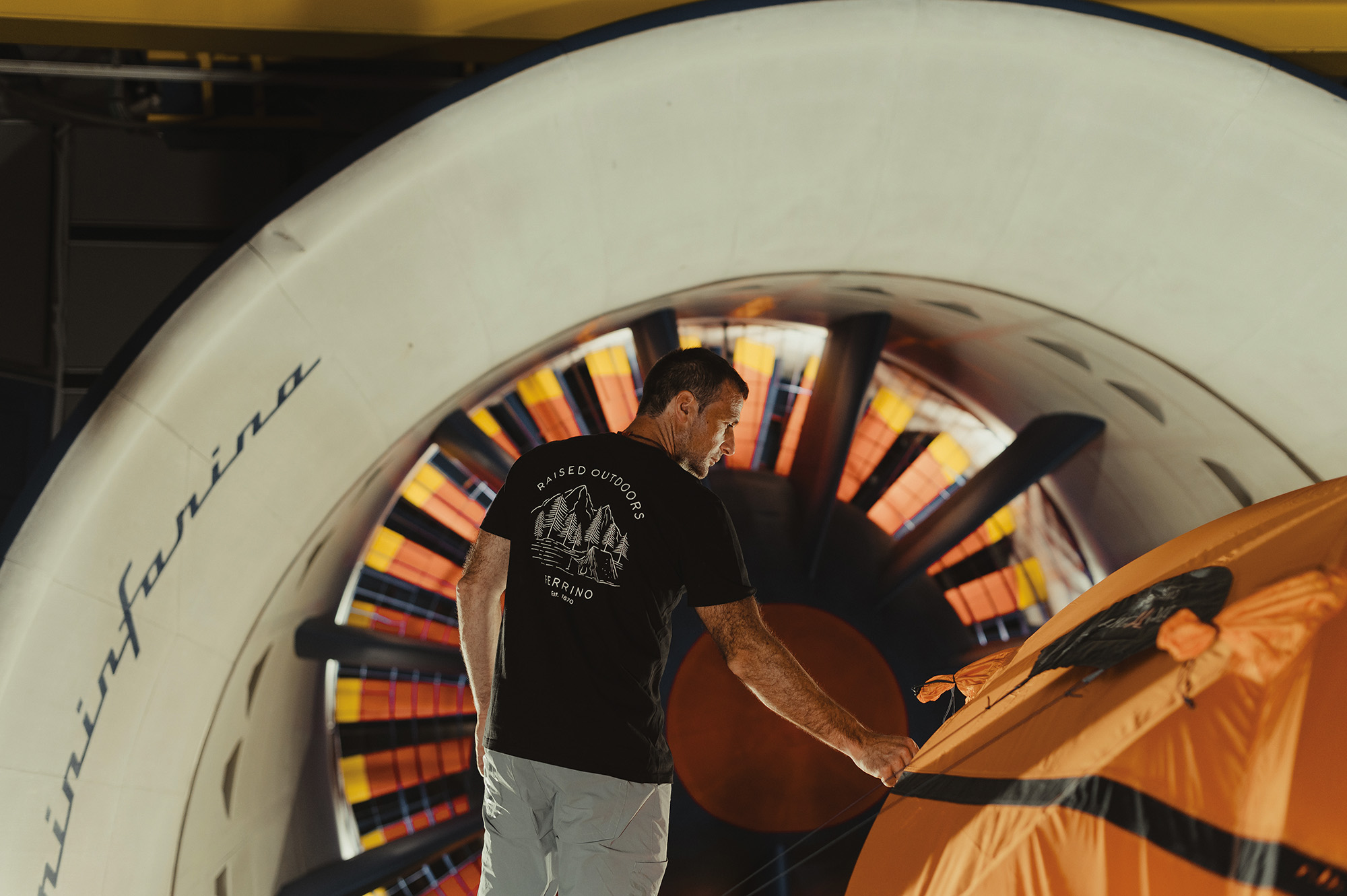
The fruit of the long collaboration between Ferrino and Messner was the creation of extremely lightweight, high-performance mountain tents with a dome or geodesic system, a type of vault that was innovative for the time and was being studied at the time, especially in the United States. It was sensed that these new shapes might perform better than traditional ones when exposed to strong high altitude winds, but the final confirmation came in the first half of the 1980s with the first test in the Pininfarina Wind Tunnel just outside Turin. The first in a series, actually: over the decades, the collaboration between Ferrino and the Pininfarina Wind Tunnel has allowed engineers to continue to evaluate and optimize wind resistance, aerodynamics, and stability of tents, so as to offer increasingly reliable and high-performance products.
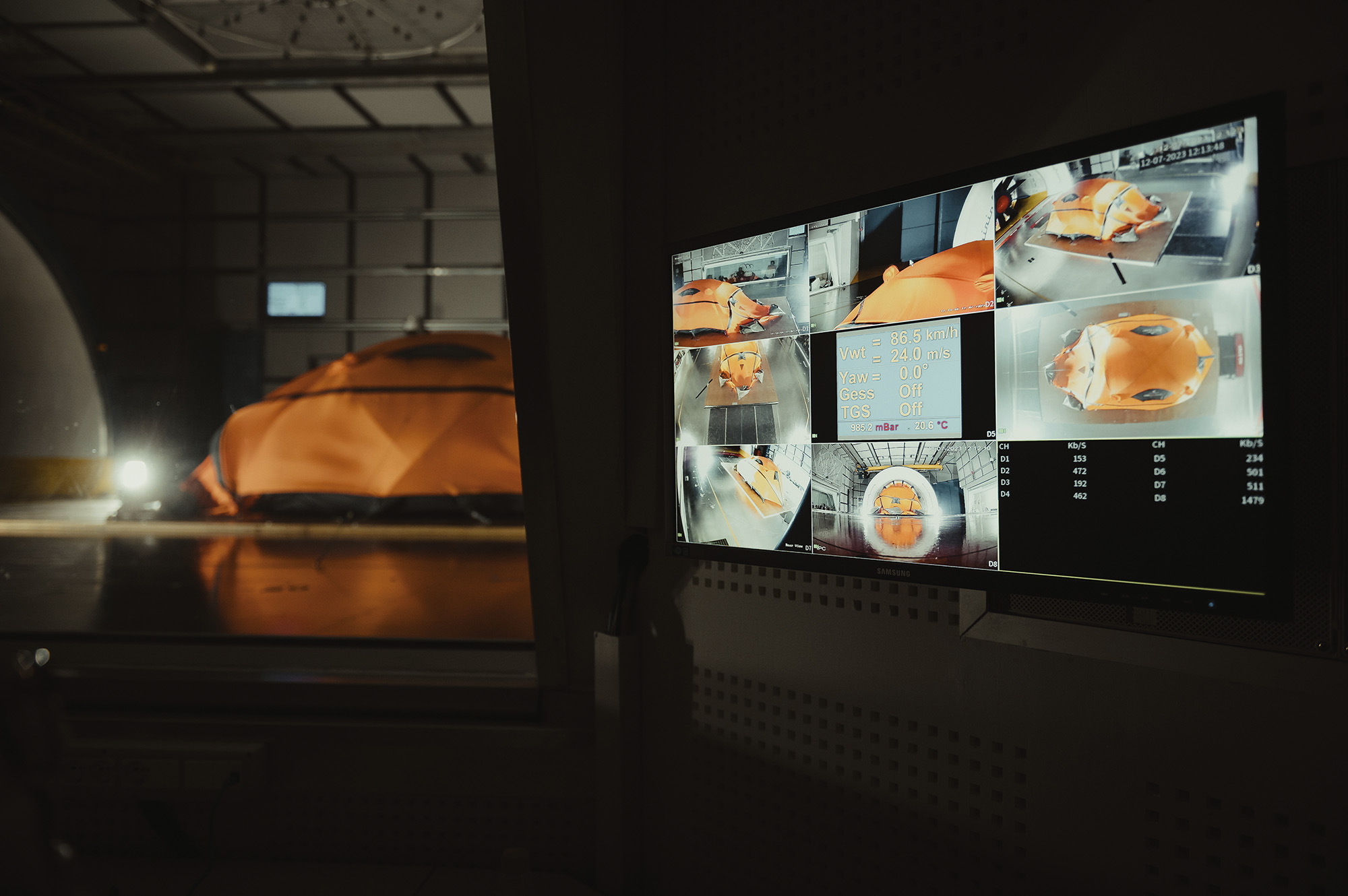
This year’s tests in the Pininfarina Wind Tunnel were also conducted on the new tent in the Ferrino Extreme 2 collection, whose name, by the way, echoes that of the historic model tested here and used by Messner starting in 1982. “The tent fascinates and excites me.” Anna Ferrino tells. “It has a longevity that few articles of use have: it has its roots in very distant centuries, just think of nomadic peoples, Roman encampments. It is a house-shelter with a strong meaning, evoking emotions, giving immersive experiences.” And that, when used at high altitude and in prohibitive conditions, it can mean the difference between life and death. “For mountaineers, feeling safe in the tent is crucial; it’s like an escape pod. We are very aware of this and therefore try to act with a great sense of responsibility. Ferrino has always been very focused on safety in the mountains-we are not interested in following market trends at all costs, but we do if we think there can be an advantage without safety risks. “
Ferrino products are tested in the laboratory and also in the environment thanks to the Ambassadors, whose feedback is an invaluable tool in the research and development process, but when there is a significant design evolution, “we also think it is appropriate to do empirical testing of this kind,” Anna Ferrino explains to me while we are in the Pininfarina Wind Tunnel and about to witness testing on the Extreme 2. This innovative product was created in response to a widespread desire among mountaineers: to have tents that are extreme and durable, yet increasingly lightweight. A challenge that Ferrino has taken up and won, as the Extreme 2 is presented as the strongest and lightest two-person high-altitude tent on the market.
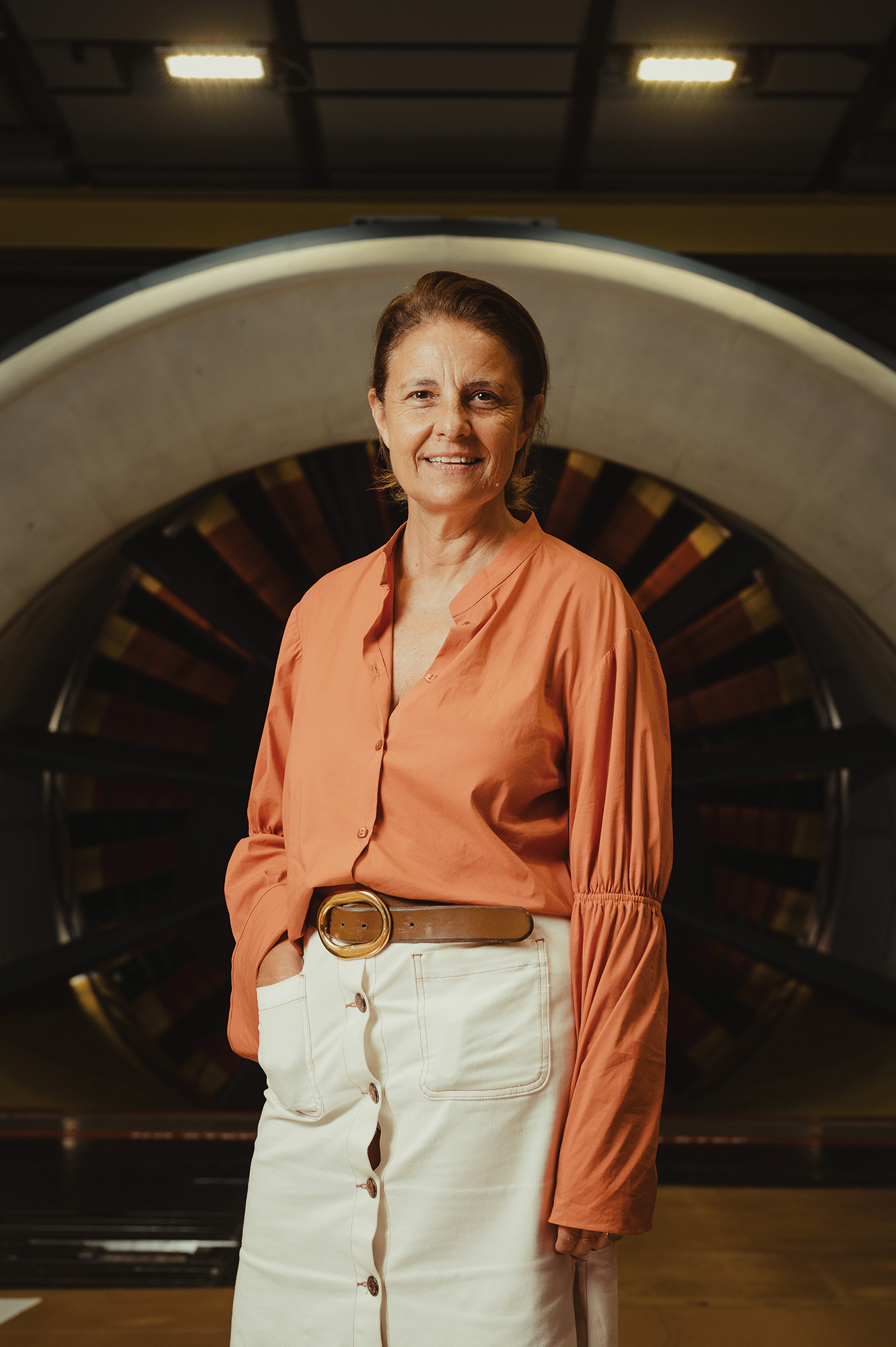
The tent (which when closed fits into a 36×12 centimeter case) has, among other things, floor and inserts made of Bio-Based Dyneema Fiber 20,000mm, double roof Ecosensor Recycled Nylon Membrane, taped seams to ensure total waterproofing, and tape loops on the floor corners to anchor the tent even with skis and ice axes. Particularly innovative is the Easton carbon pole, which is very light and high-performance and allows for quick and safe assembly even in challenging conditions, without the risk of losing tent elements. There is also a “multi point” reflective tie rod system that prevents the pole from breaking and deforming in strong winds.
Also attending the tests on the Extreme 2 at the Pininfarina Wind Tunnel was Alex Txikon, who through his long experience in the world’s highest mountains knows firsthand how important the grip and quality of a tent is in extreme environments. The Spanish mountaineer in 2016 participated in the first winter ascent of Nanga Parbat with Simone Moro, Ali Sadpara and Tamara Lunger (who stopped just below the summit). In early 2023, on the other hand, Txikon reached the summit in Manaslu in winter on his third attempt, without the use of oxygen tanks and completing the ascent and descent in less than 60 hours.
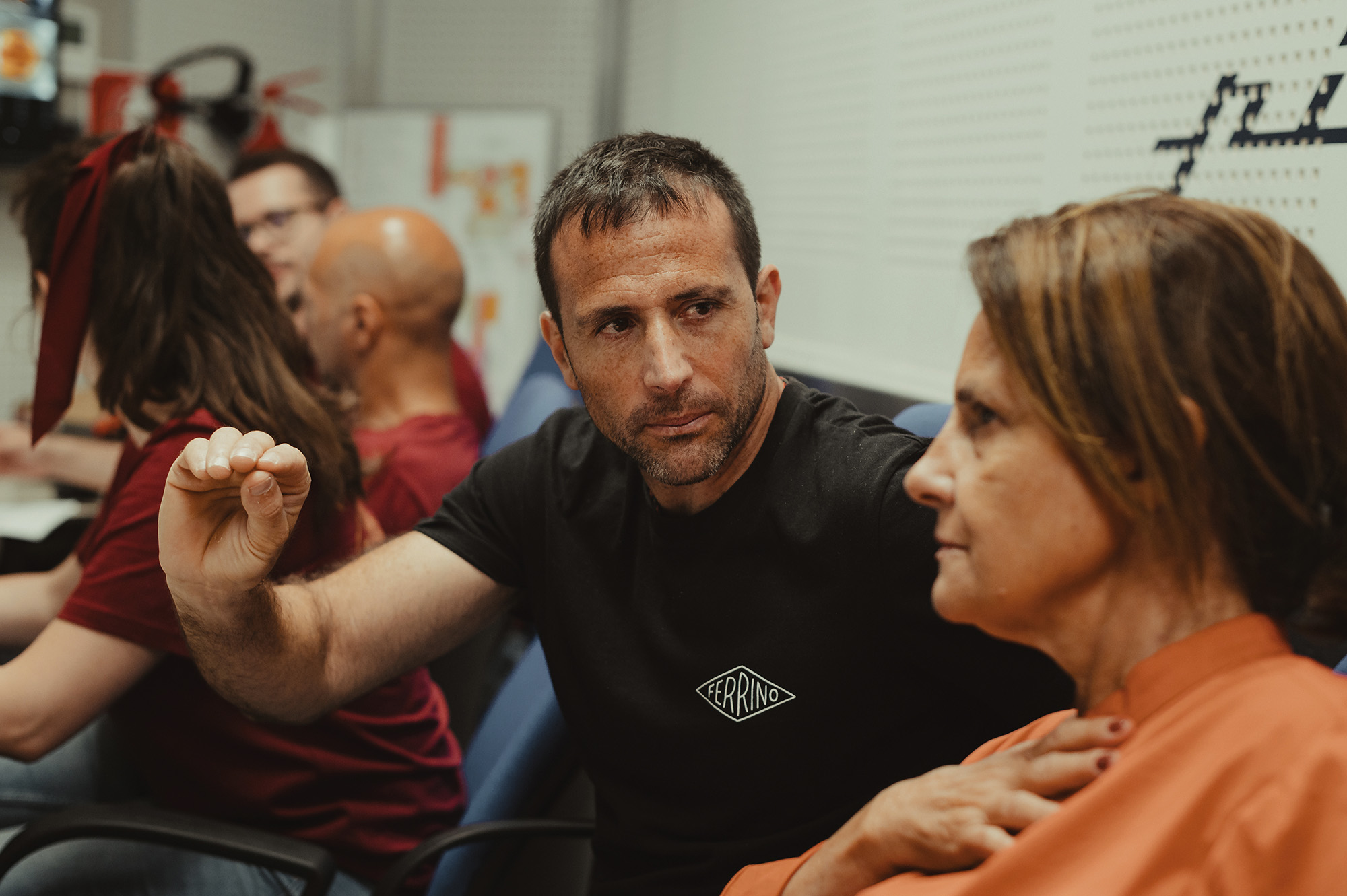
Alex, what kind of conditions do you usually find on your expeditions?
I have been doing winter expeditions for about twelve years, but in recent years conditions have changed completely. In the past, winters were very stable, while now it is the opposite. In one week you can find heavy snowfall, very strong winds… Conditions can change greatly even within the same day. It is not easy. Although we receive the weather forecast daily, then we have to know how to adapt to the actual weather. Normally at 4000-5000 meters altitude it is -20 °C at night. During the day in the higher fields, -15 to -25 °C can be found, and winds can become very strong, like explosions. It happened last winter-I had never seen such a strong wind, but in recent years the winter weather has changed. One year on Manaslu we are covered with snow, the next there is no precipitation. This is absurd.
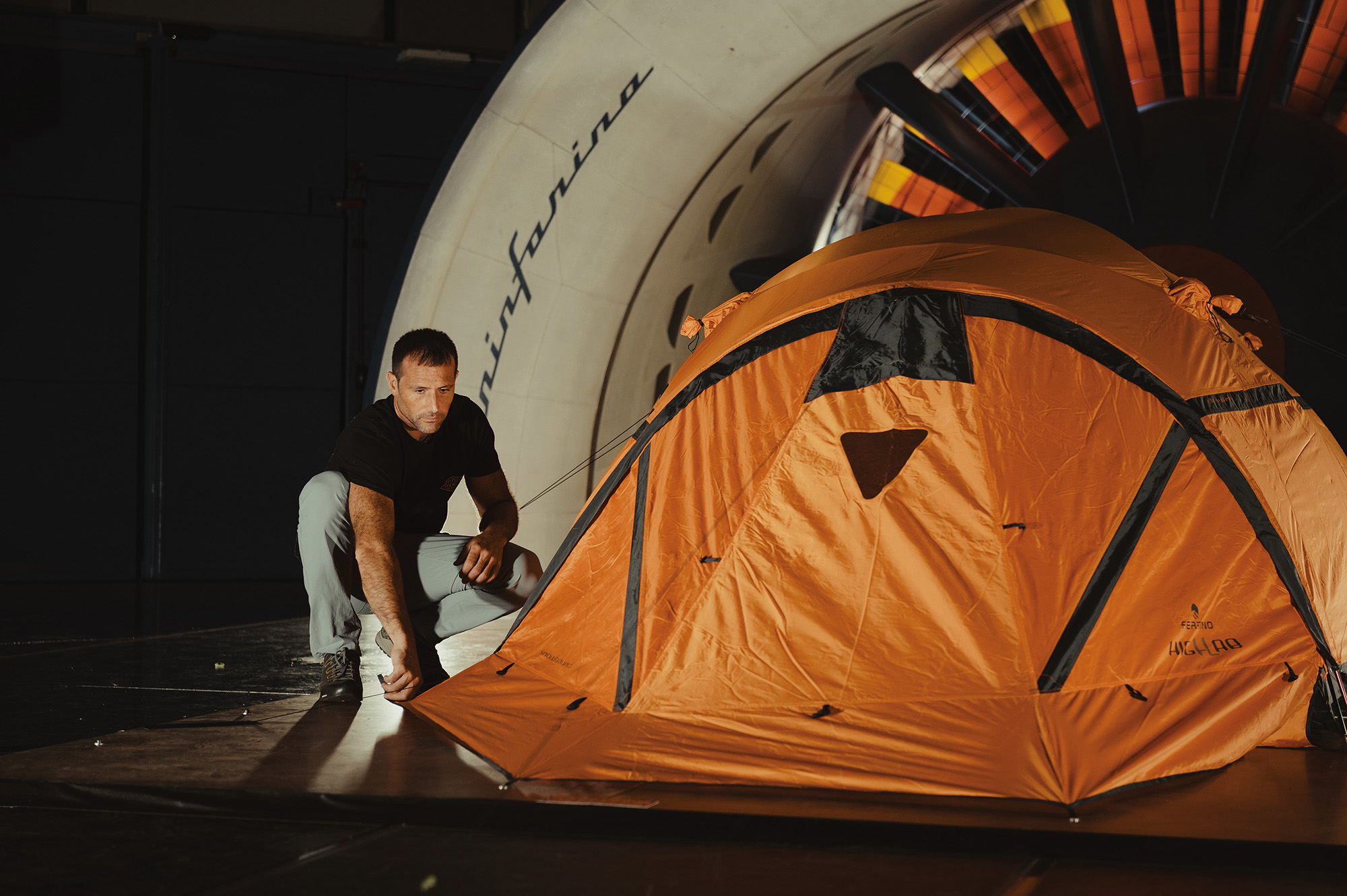
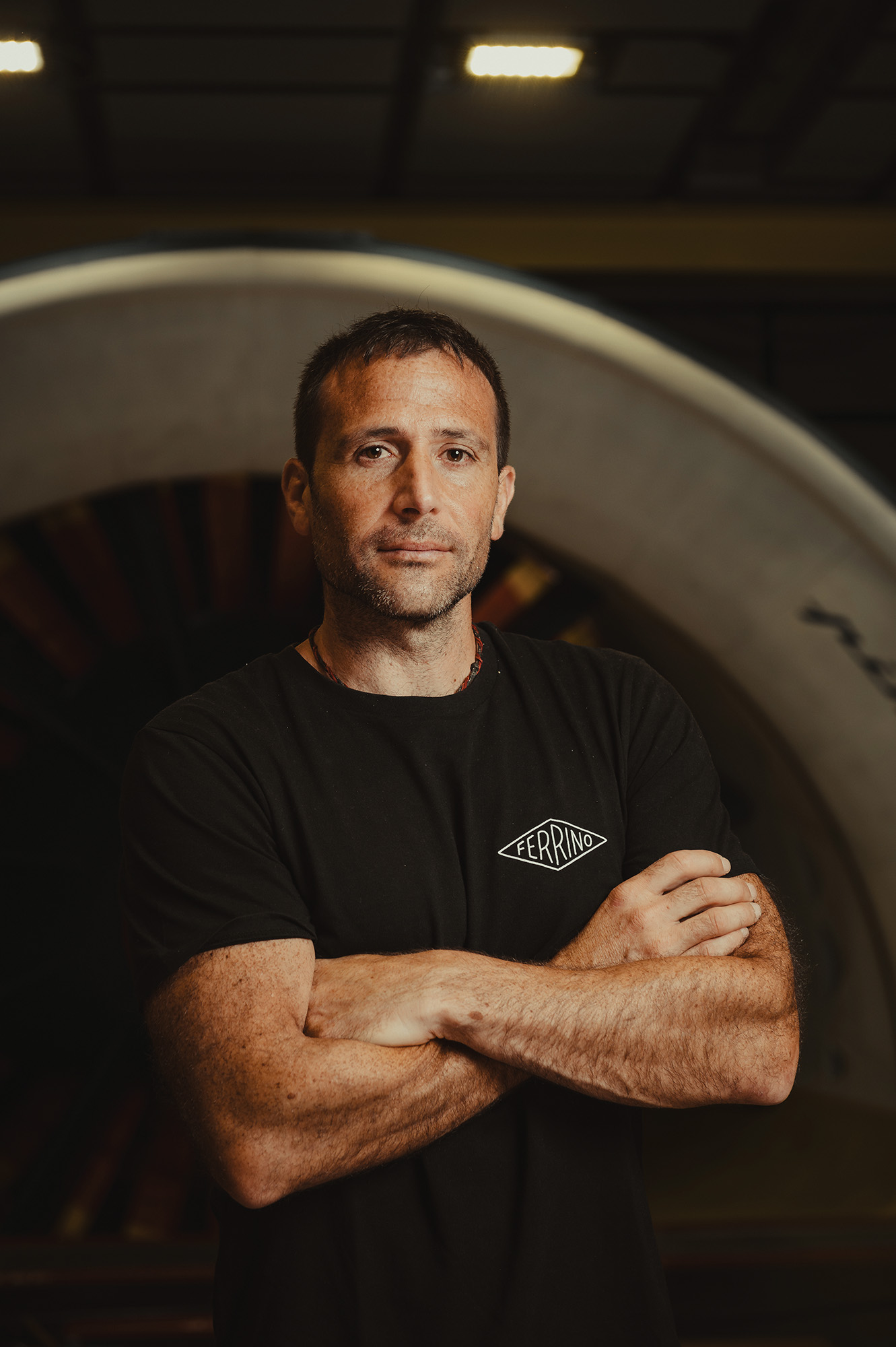
Tell us more about your latest Manaslu expedition.
The Manaslu expedition was born, I might say, out of a mistake. After the Nanga Parbat expedition in 2016, we were feeling positive and euphoric, thinking about climbing Everest, K2. This in my opinion was a mistake, but out of mistakes come opportunities. Now that years have passed, and after unsuccessful attempts on Everest and K2, I understand that if we had gone straight from Nanga Parbat to Manaslu or other peaks things would have been different. We knew Manaslu is an easy mountain, but we made the first attempt in 2020-21, during the pandemic, so it was not easy. Conditions were good at the beginning of January, so we thought of adjusting the timing of the second expedition accordingly, but in the end nothing could be done because of too much snow. Conditions changed completely from the first to the second attempt. When we were finally successful, we did not do anything different than in the past. We were lucky with the weather, as we were not in the previous six years. Playing with luck can be very dangerous, but over the past few years we have been working and working hard, and finally the luck has come. It is strange, because after reaching the summit you feel completely empty. It is normal for us mountaineers to try and try again many times without success, but that time you really reach the top then you ask yourself: what now?
On that note: What is your next project?
I am working for Annapurna. I wasn’t planning to do any more winter expeditions, but then I went back to the Baltoro area in Pakistan, and it came to me as an inspiration. It’s like when you like a person and you have butterflies in your stomach: expeditions are also born with this same feeling.
The equipment you use on your winter expeditions is life-saving, literally. How important is the tent?
You can’t imagine how much I trust my equipment, for example Ferrino. During expeditions I am always tense: it is what allows me to bring out the best version of myself, to make the right decisions. When I am near the field, regardless of the weather conditions, this tension eases: I know I will survive. When I am inside the tent, it is a good time: I can rest, regain my strength and also feel a little safer, more alive, because I can melt ice, drink, prepare what I need… Nights are difficult, especially in winter, and not only because of low temperatures and lack of oxygen. In my opinion, there is no more perfect machine than the human body, but when you are at high altitudes even this perfect machine struggles to function well.
What features do you look for in a tent?
I like that inside the spaces are well organized. And then it has to be durable and give me security. I really trust Ferrino tents, a brand that has great experience and that I’ve known since I was a child-I’ve been using them since 2011, when I started doing winter expeditions. If you trust your base camp and set it up well, it doesn’t matter if the wind blows a hundred kilometers per hour-you know the camp will not be destroyed, and that is crucial. The truth is that when you make an ascent, the summit is the highest point you reach, but it is not the “true summit”-that is the return to base camp.
